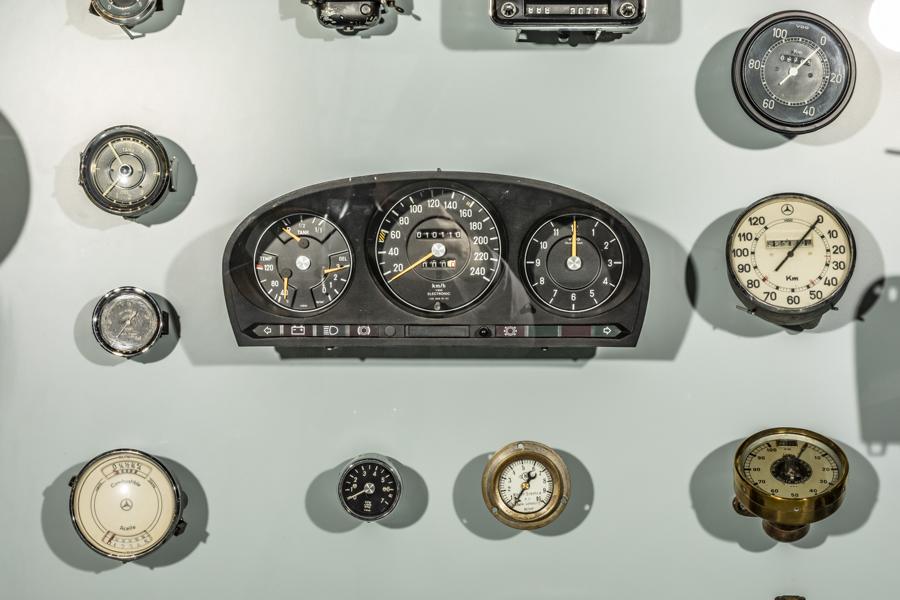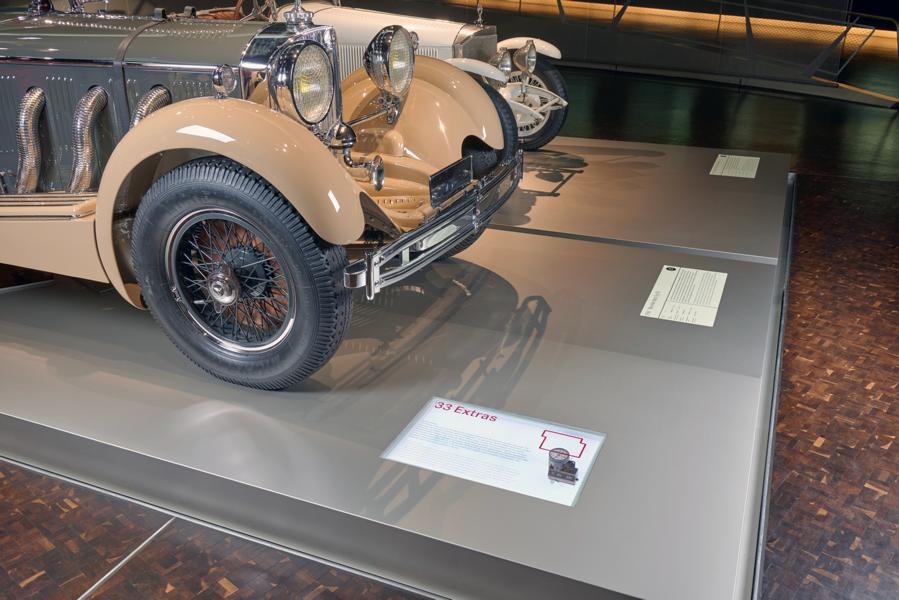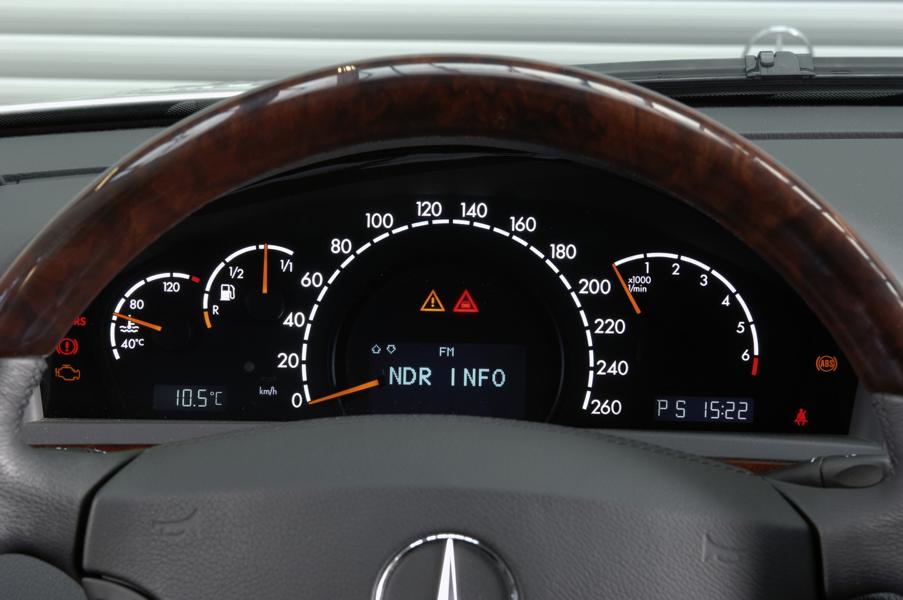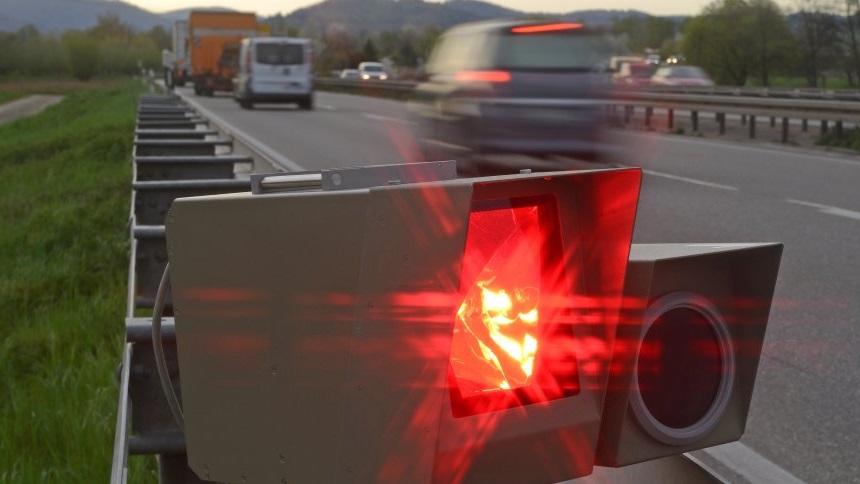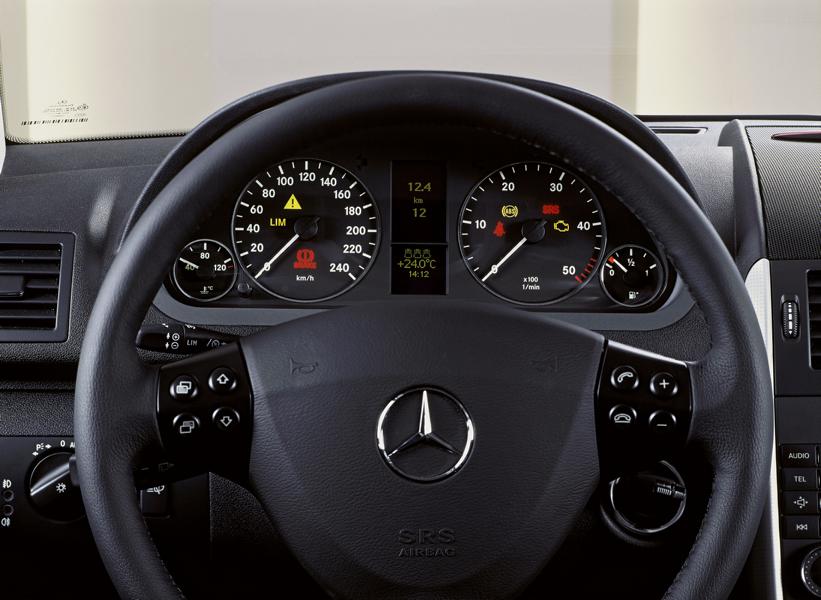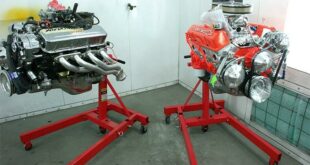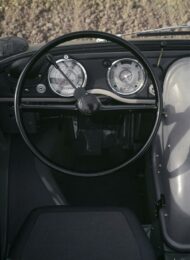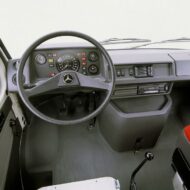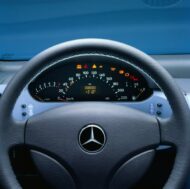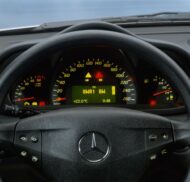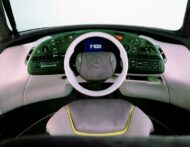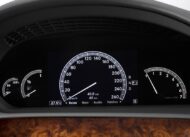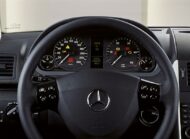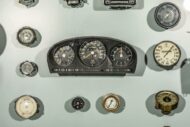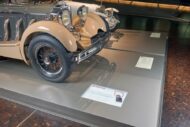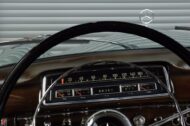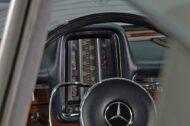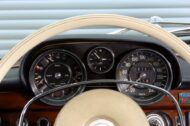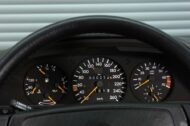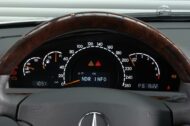The diverse permanent exhibition of the Mercedes-Benz Museum presents 160 vehicles and a total of 1.500 exhibits. The “33 extras” are a special component: They bring mobility history and automotive culture to life using the example of often surprising details. The Mercedes-Benz Museum Inside newsletter series draws attention to the "33 extras" and brings their stories to the point. Today's episode is about the speedometer.
24/33: The speedometer
Moderate start: 16 km / h - that is the top speed of the first automobile in the world. Even in 1886 this is not really fast, because steam locomotives had already exceeded the 100 km / h limit decades before. But at least the patented motor vehicle from Carl Benz is more than twice as fast as a pedestrian. The innovative vehicle does not yet have a speedometer. What for? There are no fixed maximum values.
Desired extra: However, with the increasing popularity of the automobile, speedometers are available as optional equipment. Because fast cars are considered good cars. How good your own vehicle is - of course you want to know. The speedometer of the "33 extras" of the Mercedes-Benz Museum in Mythos Room 3 "Upheavals - Diesel and Compressor" is such an optional extra. It goes up to 100 km / h.
Limitation: Only with increasing tempos are maximum speeds introduced. First of all, they are adapted to traffic from the pre-automotive era. From 1909 onwards, 15 km / h was the maximum speed in built-up areas in the German Reich. That corresponds to the speed of a trotting horse. From now on there is no longer a car without a speedometer. Because drivers not only have to keep an eye on the road and traffic, but also see how quickly they are driving.
Presentation: A speedometer measures the speed and displays it as a numerical value. The name is derived from the ancient Greek terms "tachýs" for "fast" and "métron" for "measure". For decades, an analog display with a pointer points to the corresponding point or line on the scale. Digital speedometers have been around since the 1990s. You are more flexible and master several forms of presentation. Regardless of the technology: The speedometer always shows the speed a little too high - a leeway that is gladly taken in everyday life. This is stipulated by law in order to compensate for inaccuracies in speed measurements.
Integration: Initially, the speedometer is not yet in the driver's field of vision. It has only been its place since about the middle of the last century. The scale highlights important values, such as the 50 km / h mark as the maximum speed in city traffic. The circular display is predominant, but there are variants: horizontally, for example in the Mercedes-Benz “Ponton” limousines of the W 180 / W 128 series (1954 to 1959). Or the vertical display in the “tail fin” limousines of the W 111 / W 112 series (1959 to 1965), affectionately known by fans as the “fever thermometer”.
Control: Anyone who does not keep an eye on the speedometer and exceeds the permissible maximum speed may become acquainted with an unpleasant device in Germany since 1959: colloquially known as a "speed trap" or "speed camera", a stationary or mobile form of speed monitoring to enforce traffic rules. On display in room Collection 3 “Gallery of Helpers” and also one of the “33 Extras” in the Mercedes-Benz Museum.
Prevention tactics: The cruise control or - even better - the limiter can help avoid a speed violation. Mercedes-Benz was a pioneer for these assistance systems. Simply set the desired speed and the cruise control will keep it. The limiter prevents you from accelerating beyond the selected limit.
Rotational movement: Technically speaking, the speedometer is actually a tachometer. It shows how fast the wheels are turning on the road. Speaking of which: motorsport enthusiasts usually get by without a speedometer. For them, the engine speed is more important, so the corresponding display instrument is placed in their field of vision. But they know exactly how fast they are in fourth gear at 6.800 rpm, for example. The instrument thus fulfills a dual purpose in the racing car. Production vehicles have a separate instrument for the engine speed.
Of course that had not happened yet!
tuningblog has countless other articles on the subject of car and auto tuning in stock. Do you want to see them all? Just click HERE and look around. In part, we would like to provide you with news but also off the tuning. In our category Tips, products, information & Co We have reviews of car or accessories manufacturers, new ones Tuning Wiki Terms or one or the other Leak veröffentlicht. Following an excerpt of the last articles:
|
With these accessories you will get through the winter perfectly! |
Speedometer control instrument: the speedometer!
"Tuningblog.eu" - we keep you up to date on the subject of car tuning and car styling with our tuning magazine and we present you the latest tuned vehicles from all over the world every day. It's best to subscribe to ours Feed and will automatically be informed as soon as there is something new about this post, and of course also to all other contributions.
 tuningblog.eu Your magazine about tuning the car
tuningblog.eu Your magazine about tuning the car
